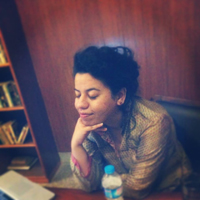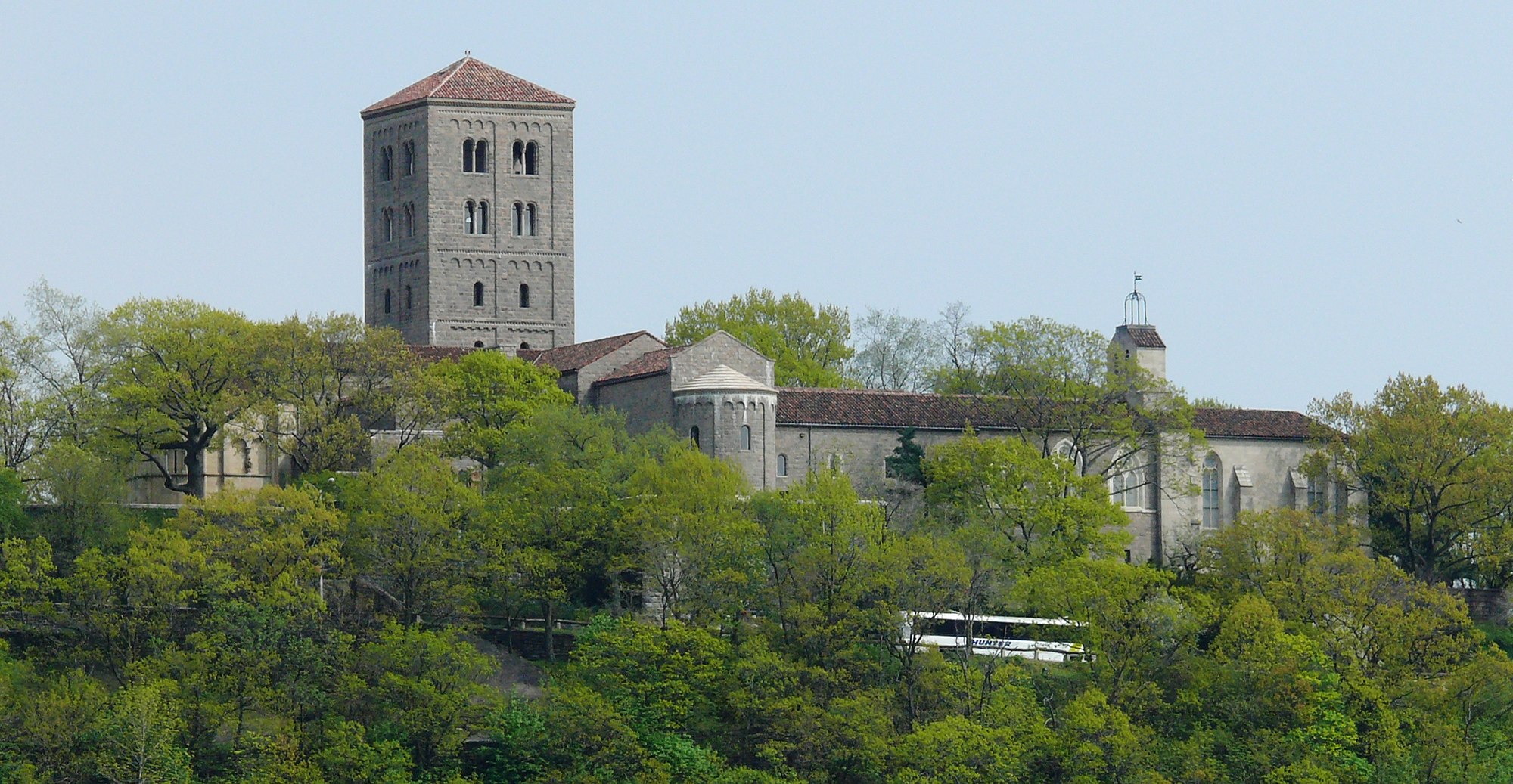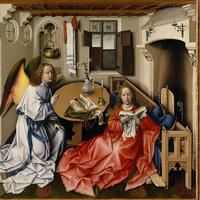More about The Met Cloisters
Works at The Met Cloisters

Contributor
If you thought the Metropolitan Museum of Art wasn’t big enough already, then you might wanna check out The Cloisters.
The Cloisters make up a whole other branch of the already sprawling Met! Inaugurated to the public in 1938, it occupies a four-acre plot in Fort Tryon Park that overlooks the Hudson River.
The building is fashioned along the lines of medieval cloisters in Europe, giving it a church-like appearance. Having said that, some of the buildings incorporated into the lovely Cloisters are relatively new. But they've been melded into the rest of the space without creating an architectural hodgepodge.
Two thousand artworks reside in the Cloisters, featuring the famous Merode Altarpiece and then other medieval to Early Renaissance works of metal, ivory, stained glass, enamel and even tapestries. And of course, there are some pleasant strolls to be taken in the gardens- some of which are actual herb gardens!
So fair gentlefolk, don your finest Renaissance attire, and get ye to The Cloisters!
Featured Content
Here is what Wikipedia says about The Cloisters
The Cloisters (also known as the Met Cloisters) is a museum in Fort Tryon Park, straddling the neighborhoods of Washington Heights and Inwood, in Upper Manhattan, New York City. The museum specializes in European medieval art and architecture, with a focus on the Romanesque and Gothic periods. Governed by the Metropolitan Museum of Art, it contains a large collection of medieval artworks shown in the architectural settings of French monasteries and abbeys. Its buildings are centered around four cloisters—the Cuxa, Saint-Guilhem, Bonnefont, and Trie-sur-Baïse—that were acquired by American sculptor and art dealer George Grey Barnard in France before 1913 and moved to New York. Barnard's collection was bought for the museum by financier and philanthropist John D. Rockefeller Jr. Other major sources of objects were the collections of J. P. Morgan and Joseph Brummer.
The museum's building was designed by the architect Charles Collens, on a site on a steep hill, with upper and lower levels. It contains medieval gardens and a series of chapels and themed galleries, including the Romanesque, Fuentidueña, Unicorn, Spanish, and Gothic rooms. The design, layout, and ambiance of the building are intended to evoke a sense of medieval European monastic life. It holds about 5,000 works of art and architecture, all European and mostly dating from the Byzantine to the early Renaissance periods, mainly during the 12th through 15th centuries. The objects include stone and wood sculptures, tapestries, illuminated manuscripts, and panel paintings, of which the best known include the c. 1422 Early Netherlandish Mérode Altarpiece and the c. 1495–1505 Flemish The Unicorn Tapestries.
Rockefeller purchased the museum site in Fort Washington in 1930 and donated it to the Metropolitan in 1931. Upon its opening on May 10, 1938, the Cloisters was described as a collection "shown informally in a picturesque setting, which stimulates imagination and creates a receptive mood for enjoyment".
Check out the full Wikipedia article about The Cloisters












